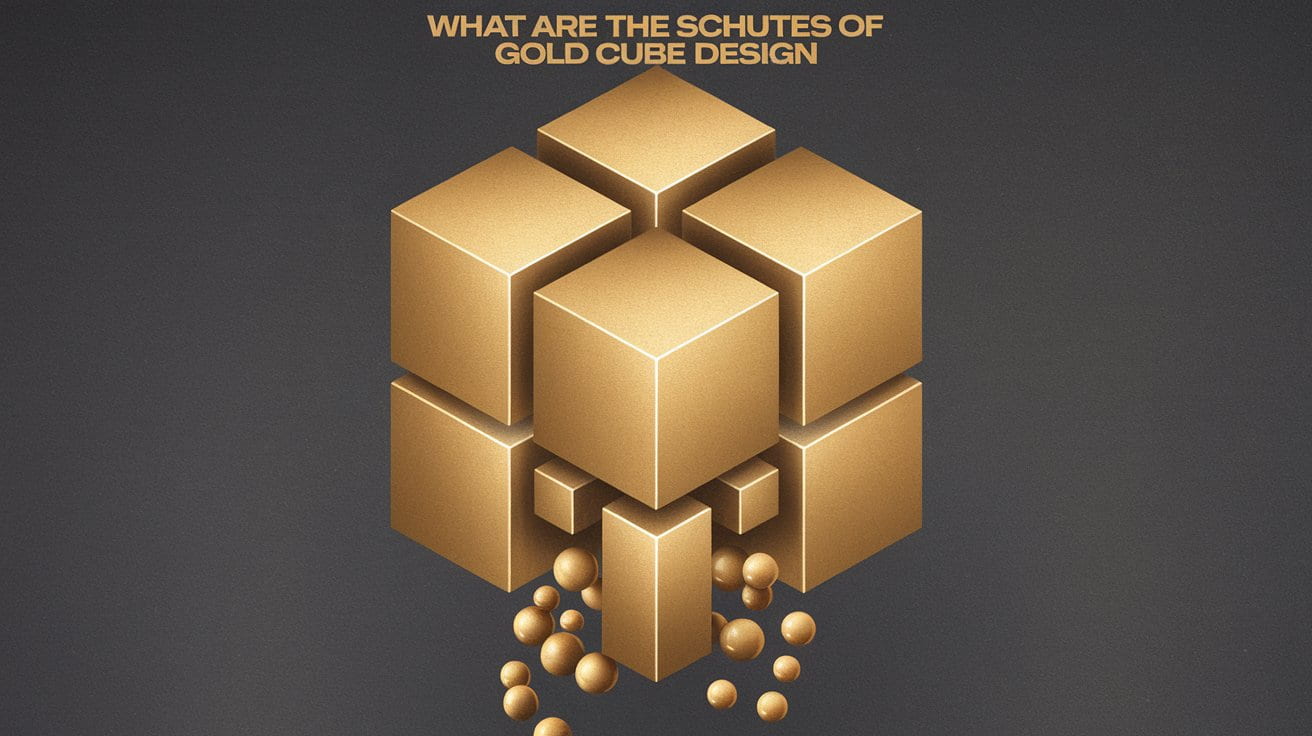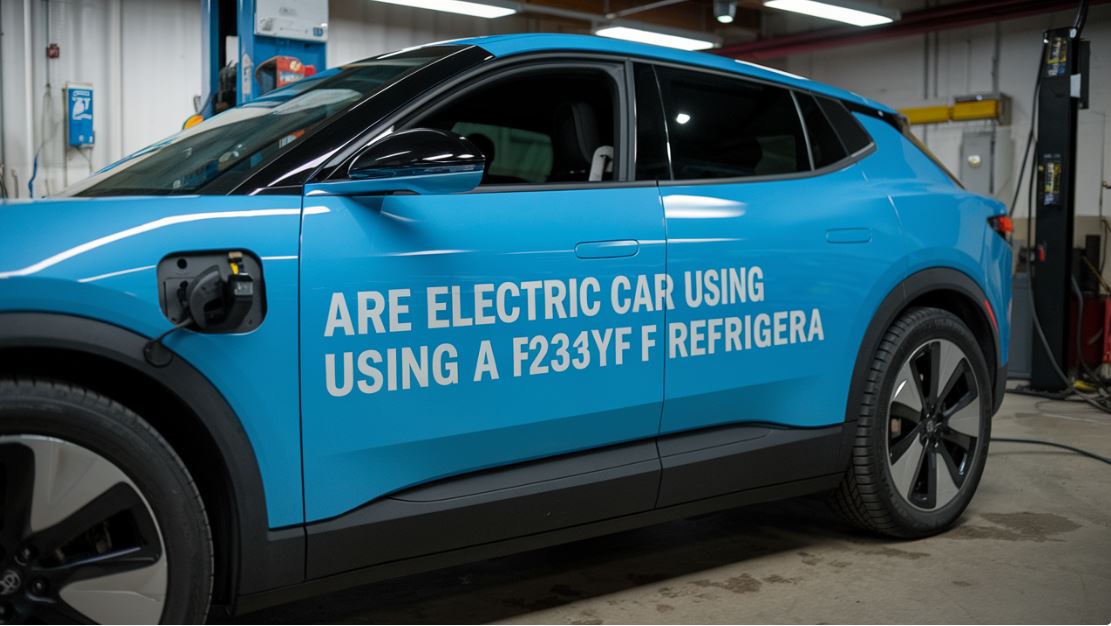Nanosetfld transformed my tech journey, introducing me to a world where tiny innovations lead to monumental advancements. Its precision and efficiency in electronics opened doors to new possibilities, making every device smarter and more powerful.
Nanosetfld is advanced nanotechnology revolutionizing industries by manipulating materials at atomic scales, enhancing efficiency and innovation in electronics, healthcare, energy, and more.
Welcome to a journey into the groundbreaking realm of “Nanosetfld” technology a paradigm-shifting innovation set to redefine next-generation electronics.
How Does Nanosetfld Technology Revolutionize Electronics?
Nanosetfld technology changes electronics by working with materials at an extremely tiny scale—atoms and molecules. This makes electronic parts much smaller, stronger, and more energy-efficient than before.
For instance, it improves how fast and well processors work in computers and phones. It also makes batteries last longer by using tiny materials that store energy better.
These advances not only shrink devices but also help the environment by using less power and making gadgets last longer. Overall, Nanosetfld tech is reshaping electronics by making them smaller, more efficient, and more powerful than ever.
How Does Nanosetfld Technology Differ From Traditional Electronics?
Nanosetfld technology changes electronics by working at a super small level, manipulating materials like atoms and molecules. This lets us make devices that are way tinier, stronger, and use less energy.
By using these tiny materials, electronics can do things faster and with more precision, fitting into smaller spaces and blending into everyday items like phones and wearables.
Additionally, Nanosetfld improves how well electronic parts like processors and batteries work. It boosts conductivity, which means information moves faster and energy is used more efficiently.
This tech is crucial for fields like healthcare, where small sensors can watch health closely, and for checking the environment, where tiny devices can find pollutants really well.
Read: Ontpresscom Fresh Updates – Stay Current with Fresh Content!
What Are The Main Benefits Of Using Nanosetfld In Electronic Devices?
1. Enhanced Performance and Efficiency:
- Increased Power: Nanosetfld technology allows for more powerful electronic components due to enhanced conductivity and efficiency.
- Faster Processing: Devices can perform computations quicker with nanoscale materials, leading to improved overall performance.
- Energy Efficiency: Nanosetfld enables devices to operate more efficiently, reducing power consumption and extending battery life.
2. Miniaturization and Compact Design:
- Smaller Size: Components can be made smaller while maintaining or even improving functionality, making devices more portable and less obtrusive.
- Integration: Nanoscale materials facilitate the integration of advanced functionalities into compact designs, enhancing versatility and usability.
3. Advanced Functionality and Innovation:
- Precision Engineering: By manipulating materials at the atomic level, Nanosetfld technology enables precise control over device functionalities, leading to innovations like faster processors and higher capacity storage.
- New Applications: Opens up possibilities for new applications in areas such as healthcare (e.g., nanosensors for diagnostics), environmental monitoring, and IoT (Internet of Things) devices.
4. Environmental and Sustainability Benefits:
- Reduced Environmental Impact: Nanotechnology can lead to more sustainable electronic products by improving energy efficiency and reducing material waste.
- Smart Materials: Development of smart materials with self-cleaning or self-healing properties contributes to longer device lifespan and reduced maintenance.
Which Industries Benefit Most From Nanosetfld Technology?
Nanosetfld technology benefits several industries by working with materials at an extremely small scale, known as the nanoscale. In healthcare, it helps create precise methods to deliver medicines directly to where they’re needed in the body, making treatments more effective and reducing side effects.
In electronics, nanotechnology allows for making devices smaller and more powerful. This means we can have faster computers and longer-lasting batteries in smartphones and other gadgets.
Moreover, nanotechnology improves how we generate and store energy. It enhances solar panels and batteries, making them more efficient and environmentally friendly.
How Does Nanosetfld Enable Devices To Be More Energy-Efficient?
Nanosetfld technology makes devices more energy-efficient by working on an incredibly small scale, manipulating materials at the level of atoms and molecules. This precision allows components to use energy more effectively.
For example, in smartphones and laptops, nanoscale materials help processors and batteries transfer and store energy with minimal loss, so devices can run longer on a single charge.
Additionally, Nanosetfld technology helps shrink devices down in size while keeping or improving their performance. Smaller components mean less material is needed, reducing the energy required to make and transport devices.
What Role Does Nanosetfld Play In Smartphones And Wearables?
Nanosetfld technology is super important for making smartphones and wearables better. For smartphones, it helps in creating screens that respond faster and batteries that last longer without getting too hot. This means your phone can handle lots of tasks quickly and efficiently.
In wearables like smartwatches, Nanosetfld makes devices smaller and more comfortable to wear. It also improves sensors that track your health, giving accurate readings on things like your heart rate or how many steps you’ve taken.
Nanosetfld also helps these devices connect better to other smart gadgets around you, making everything work together smoothly.
Why Is Miniaturization Important In The Context Of Nanosetfld Technology?
Miniaturization is crucial in Nanosetfld technology because it allows electronic devices to become smaller yet more powerful. When components are made smaller at the atomic or molecular scale, they can perform tasks more efficiently while using less energy.
Moreover, miniaturization enables advancements in various fields such as healthcare and environmental monitoring, where tiny devices can be implanted or deployed discreetly to gather data or deliver treatments.
What Are Some Potential Future Applications Of Nanosetfld In Electronics?
- Faster Computers: Nanosetfld could make processors much faster, so computers can do things quicker.
- Tiny Sensors: Nanosetfld could create very small sensors that are super sensitive, useful for monitoring health and the environment.
- Compact Devices: Electronics could become much smaller and easier to carry around without losing their functions.
- Flexible Screens: Nanosetfld could lead to screens that can bend and fold, making them more durable and easy to use.
- Faster Internet: Nanosetfld could make 5G networks faster and better, and improve future wireless technology.
- Satellite Innovation: Nanosetfld might help build smaller, more efficient satellites for better global communication.
How Does Nanosetfld Enhance The Functionality Of Iot Devices?
Nanosetfld makes IoT devices better by using really tiny materials that improve how they work. In IoT, devices need to be small, work well, and use less energy. Nanosetfld helps by making parts like sensors and processors at a super small scale. These tiny parts can sense things very precisely and process information much faster.
For example, nanotechnology can create sensors that detect small changes in temperature or humidity very accurately, which is important for IoT devices that collect data from the world around us.
Read: The Lifestyle Whatutalkingboutwillistyle – Explore Lifestyle Secrets
What Are The Scaling Challenges For Nanosetfld Technology?
1. Manufacturing Complexity:
Producing nanoscale components requires advanced facilities and specialized equipment capable of handling materials at atomic levels. The processes involved are highly complex and often require cleanroom environments to prevent contamination, which adds to the manufacturing cost and complexity.
2. Costs:
Setting up and operating nanoscale manufacturing facilities is expensive. The initial investment in equipment and infrastructure is substantial, and the ongoing costs of maintaining these facilities are high. This cost factor can limit the widespread adoption of Nanosetfld technology, particularly in consumer electronics where cost efficiency is crucial.
3. Consistency and Quality Control:
Ensuring uniformity and quality across nanoscale components in large-scale production is challenging. Variations in material properties or manufacturing processes can lead to inconsistencies that affect the performance and reliability of electronic devices using Nanosetfld technology.
4. Scalability:
While Nanosetfld technology may work effectively on a small scale in research and development, scaling up production to meet commercial demand is difficult. Achieving scalable manufacturing processes that maintain high standards of precision and reliability across large volumes of nanoscale components remains a significant hurdle.
FAQ’s:
1. What advancements are needed to address scaling issues in Nanosetfld technology?
Continued research and development are essential to improve manufacturing efficiency, reduce costs, and enhance scalability for broader adoption.
2. What are current applications of Nanosetfld technology in electronic devices?
Applications include nanocoatings for water resistance in smartphones and nanoscale materials in semiconductor chips for faster processing.
3. What future trends are expected in Nanosetfld technology?
Future trends include advancements in quantum computing, novel nanomaterial discoveries, and expanded applications across diverse industries.
4. Is Nanosetfld technology safe for consumer use?
Nanosetfld technology is rigorously tested for safety, but ongoing research ensures continued understanding of potential environmental and health impacts.
Conclusion:
Scaling Nanosetfld technology is a complex task due to the precise manufacturing requirements, high costs, and challenges in maintaining consistent quality.
Overcoming these hurdles will require ongoing advancements in manufacturing techniques and cost reduction strategies to make Nanosetfld technology more accessible and impactful across various industries.



